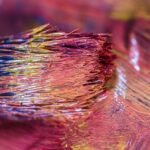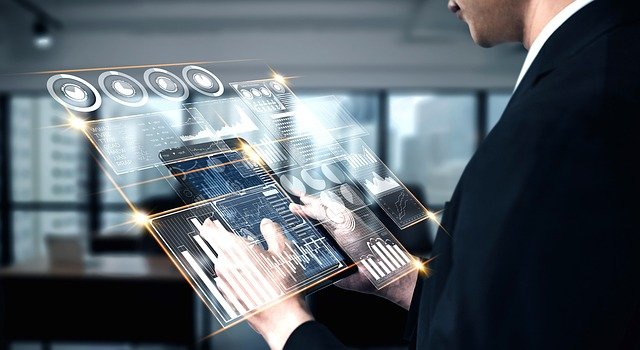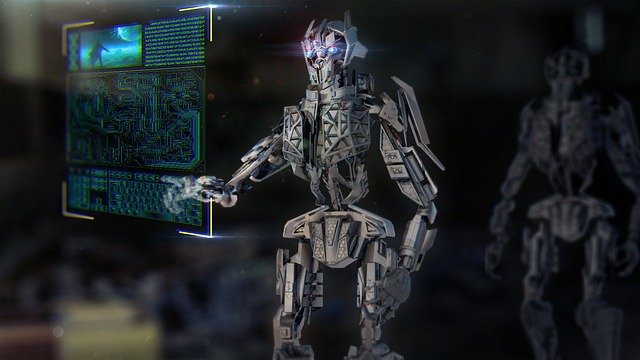Section 1: Introduction to AI Technology
Artificial Intelligence (AI) has been a buzzword in the tech industry for quite some time now. It has been hailed as the future of technology and has already made its way into various aspects of our lives. From virtual assistants like Siri and Alexa to self-driving cars, AI has become an integral part of our daily routines. However, its potential goes far beyond just making our lives more convenient. In fact, AI technology has the power to transform the way we work and unleash a new era of creativity. In this article, we will explore the endless possibilities of AI in the world of art and how it is revolutionizing the way we create and consume art.
Section 2: AI Art: A New Era of Creativity
When we think of art, we often picture a painter with a canvas or a sculptor with a block of clay. However, with AI technology, the definition of art has expanded beyond traditional mediums. AI art, also known as computational art, is the creation of visual, auditory, or literary works using algorithms and machine learning techniques. This means that AI is not only capable of replicating human-created art, but it can also generate unique and original pieces. This has opened up a whole new world of possibilities for artists and has sparked a new wave of creativity.
One of the most notable examples of AI art is the creation of “The Next Rembrandt” by a team of data scientists, engineers, and art historians. Using AI algorithms, they analyzed over 300 of Rembrandt’s paintings to understand his style, techniques, and patterns. The result was a 3D-printed painting that looked like a genuine Rembrandt masterpiece. This project not only showcased the potential of AI in creating art but also raised questions about the role of technology in the art world.
Section 3: The Future is Now: Unlocking the Potential of AI Technology
The use of AI technology in art is not limited to just replicating existing works. It has also given artists the tools to push the boundaries of their creativity. With AI, artists can experiment with different styles, techniques, and mediums that were previously not possible. This has resulted in the emergence of new art forms, such as generative art, where the artist creates a set of rules or algorithms for the AI to follow, resulting in an ever-evolving piece of art.
Moreover, AI has also made art more accessible and inclusive. With the help of machine learning, AI can analyze data and create personalized art pieces based on an individual’s preferences and interests. This has opened up the world of art to a wider audience and has made it more relatable and engaging.
Aside from creating art, AI technology is also transforming the way we consume and interact with art. With virtual and augmented reality, viewers can have an immersive experience with artworks, allowing them to engage with it in a whole new way. This has made art more interactive and engaging, breaking down the barriers between the artist and the viewer.
Conclusion
In conclusion, AI technology has unlocked a new era of creativity in the world of art. It has given artists the tools to push the boundaries of their imagination and has made art more accessible and inclusive. However, with the rise of AI art, there are also concerns about its impact on the traditional art world and the role of human artists. While AI technology may never replace the human touch and emotions in art, it has undoubtedly opened up a whole new world of possibilities for artists and has transformed the way we work and create. As we continue to explore the potential of AI, one thing is certain – the future of art is now, and it is more exciting than ever before.










